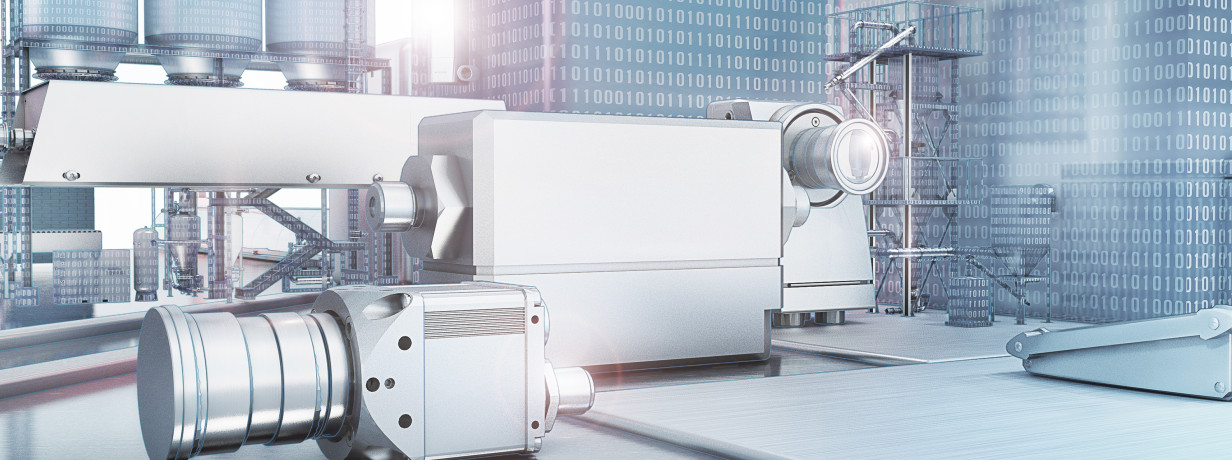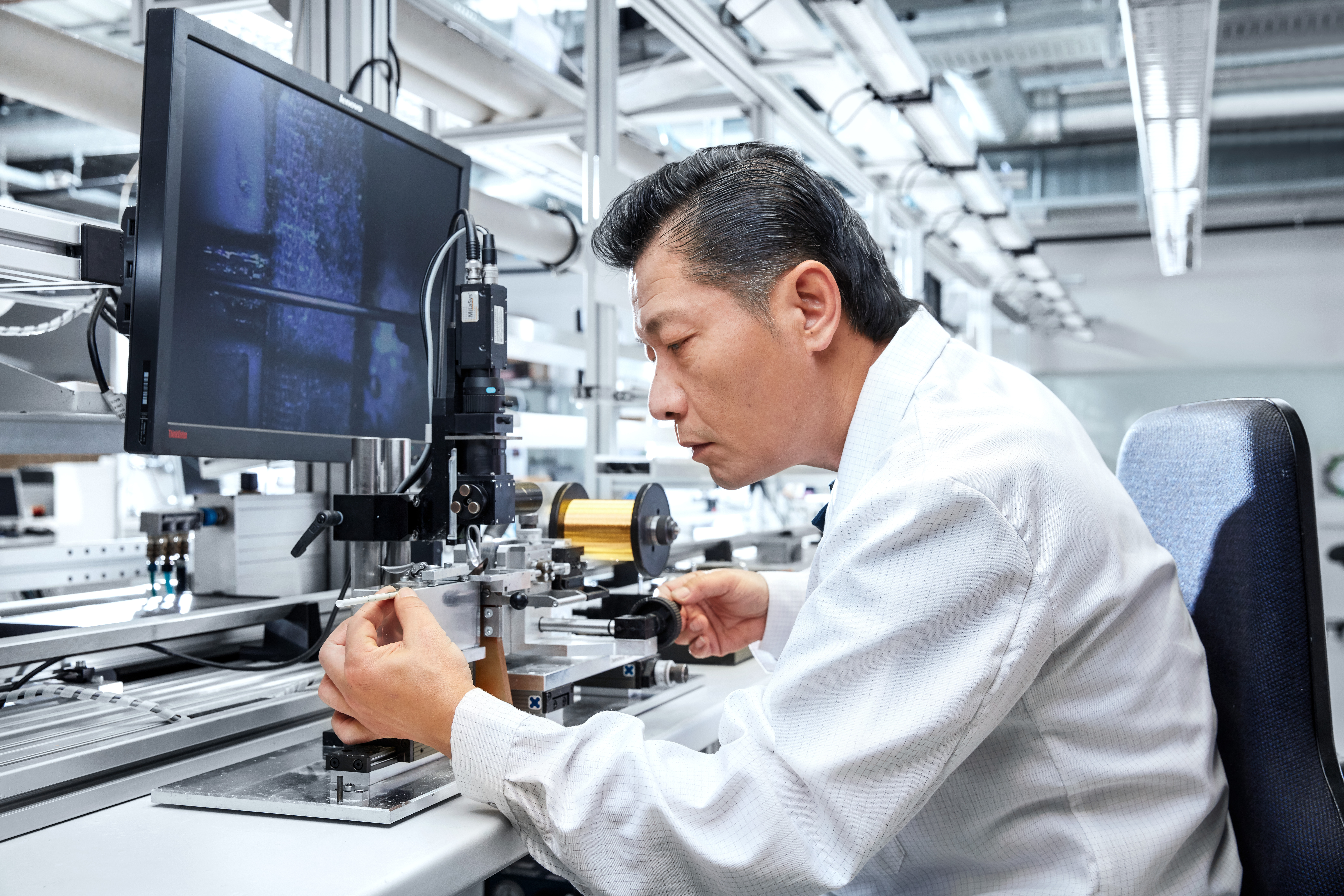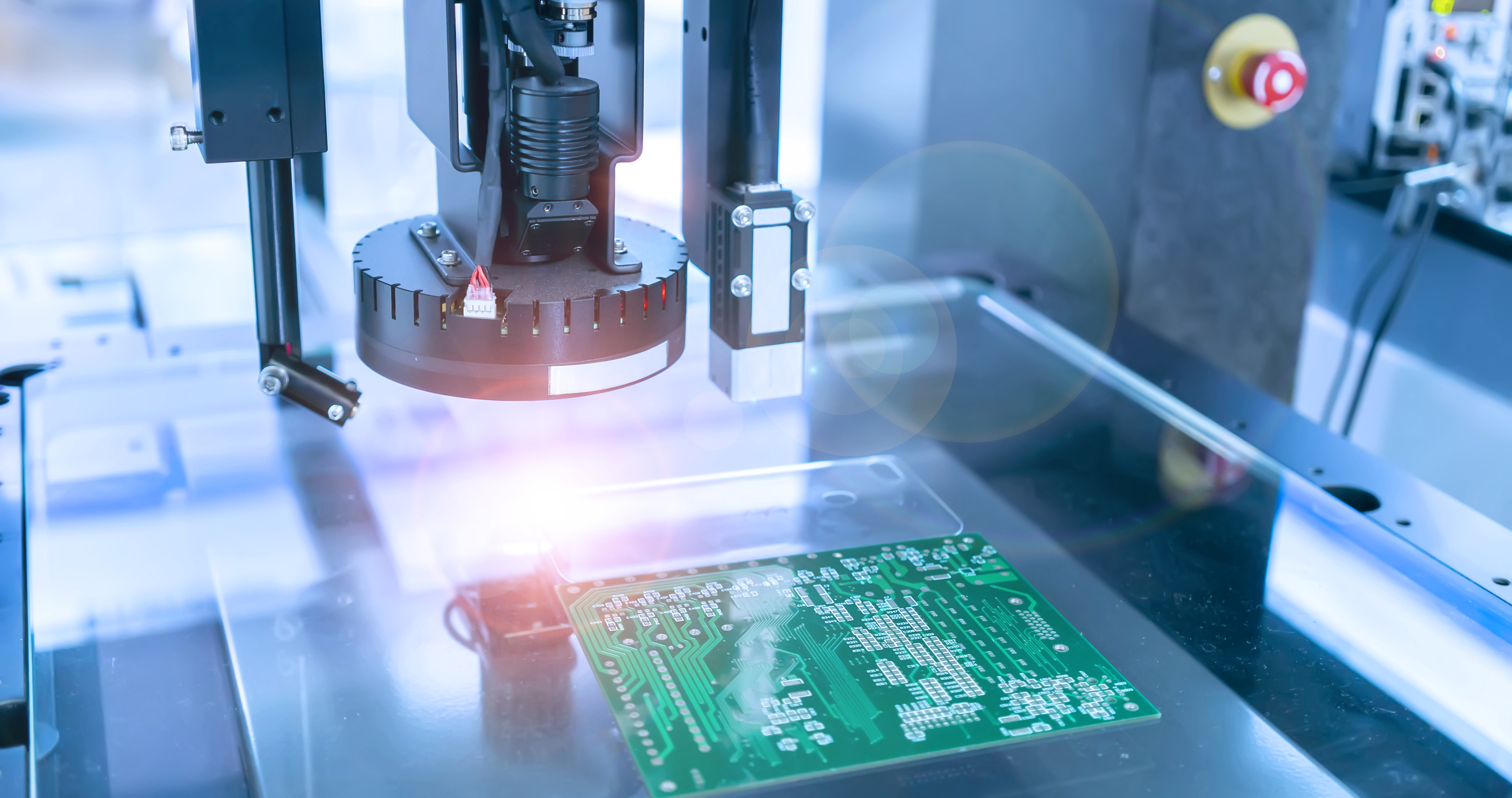Choosing between smart and industrial cameras in machine vision
Smart cameras and industrial cameras and the two distinct approaches in machine vision that vary in solutions and price ranges

Reading Time: minutes
Machine vision is a widely used technology in the fields of industry and automation. We are no longer in an era where companies need convincing that machine vision works and shouldn’t be feared. While there are still considerations, such as lighting, optical quality, and proper resolution, the functionality has been proven and confirmed for several years. With advancements in AI, deep learning, and neural networks, the boundaries of what’s possible continue to expand.
When it comes to machine vision, there are two approaches that differ significantly in terms of solutions and price ranges: smart cameras and industrial cameras. Here I describe the advantages and disadvantages of using these technologies.
Smart cameras for one-time inspections
Smart cameras are excellent for one-time inspection projects in manufacturing. Each production line may require a different type of analysis, quality assessment, and defect detection. The advantage is that they come with pre-installed software; you only need to adjust parameters according to the control requirements. Integration is relatively straightforward due to the built-in software.

Issues may arise when trying to set parameters not offered in the software. Smart cameras are closed platforms, and customization can be challenging, sometimes even impossible. If you encounter a situation where you need to set a parameter not available in the software, you either accept the available solution or request customization from the manufacturer, which can be difficult. If you’re dealing with a one-time project, you might need to find another manufacturer that better suits your needs.
Other challenges include a limited selection of resolutions and various options for lighting, optics, and image sensors. A smart camera is essentially a computer with a camera in one body, and using higher resolutions creates more load, resulting in slower evaluation. If speed is not a critical parameter for you, then a smart camera solution might be suitable for your project.
Industrial cameras for long-time projects with machine vision expertise
There are several reasons to consider industrial cameras. When deciding to use one, first and foremost, ask yourself whether you use machine vision regularly and for various purposes.
As I mentioned above, for one-time projects, it’s recommended to stick with smart cameras to minimize potential complications. Otherwise, it’s crucial to have colleagues with expertise in machine vision. Working with industrial cameras involves more than just configuring the software; you also need the ability to choose and program it. This can pose a significant challenge due to the complex software options on the market, not all of which are suitable for every project or market segment.
Many OEM and serial machine manufacturers, especially those reliant on machine vision, are transitioning to industrial cameras. The team often includes not only a programming expert but also specialists in optics and lighting. One significant advantage of industrial cameras is the ability to connect multiple cameras to one PC, allowing you to choose optimal hardware for your projects and save significant financial costs. Remember that with every smart camera, you’re essentially purchasing an embedded PC. If a manufacturer sells 10 or more identical machines annually, the overall savings can reach tens of thousands of dollars.
Another crucial point for using industrial cameras over smart cameras is the wide range of variable options. This includes the ability to choose budget-friendly rolling shutter cameras with high resolution, as well as various versions of global shutter cameras, ranging from the smallest resolutions of 0.4 megapixels to the more common 30 megapixels. The flexibility of industrial cameras extends to their connectivity, with numerous options from USB and GigE to high-speed PCIe cameras.

Don’t forget that our options are not limited to the visible spectrum. Some defects are barely visible under conventional lighting. You can opt for an industrial camera with a sensitive image sensor in polarized lighting, ultraviolet, infrared, or one that combines various wavelengths, such as a SWIR camera.
If you’re unsure which camera is suitable for you, every camera manufacturer has a highly skilled team of technicians and engineers who deal with various projects daily.
It is essential to recognize that the choice between industrial cameras and smart cameras has a crucial impact on the success of visual projects in the machine vision world. While industrial cameras offer greater programmability and flexibility for demanding tasks, smart cameras are handy solutions for simpler challenges. Thoroughly understanding the differences allows us to make informed decisions and achieve optimal results in our visual endeavors.
Keywords
- Machine vision
Author

František Jakubec
11 Contributions
Comment
Popular posts
Industrial sensing fundamentals – NPN vs PNP
What is a capacitive sensor?
How do I wire my 3-wire sensors?
The basic operating principle of an inductive proximity sensor
Contact form
Do you have any questions or suggestions? We are at your disposal.
Balluff Inc.
-
8125 Holton Dr.
Florence, KY 41042
